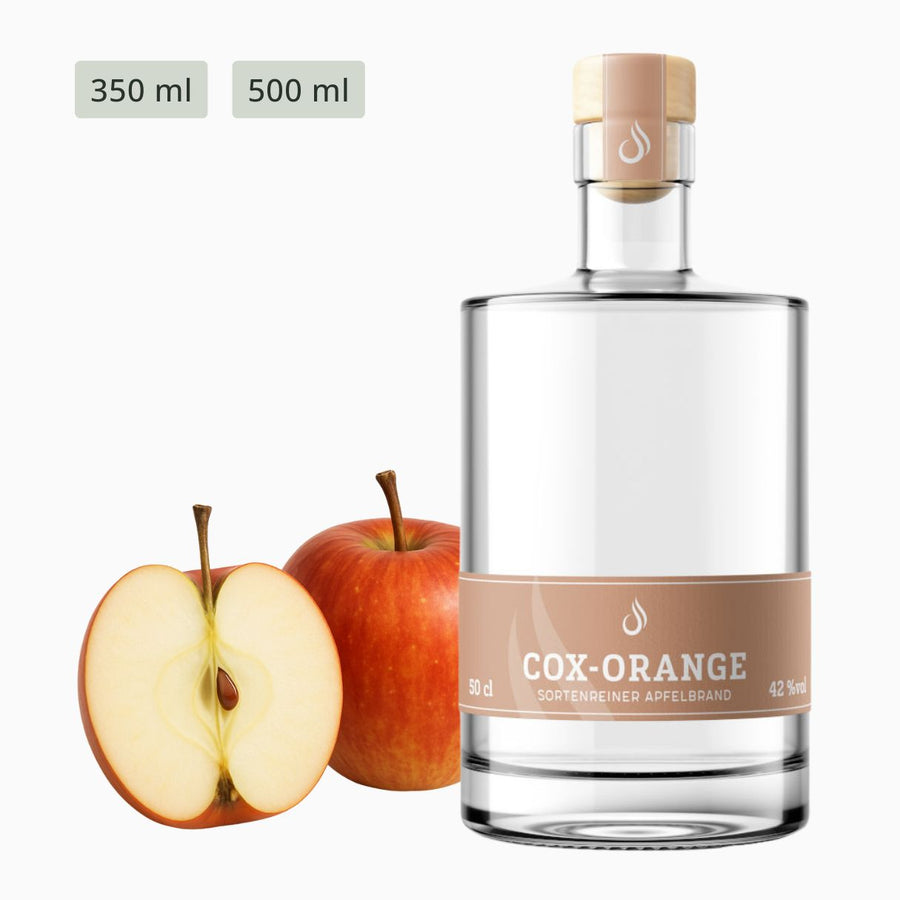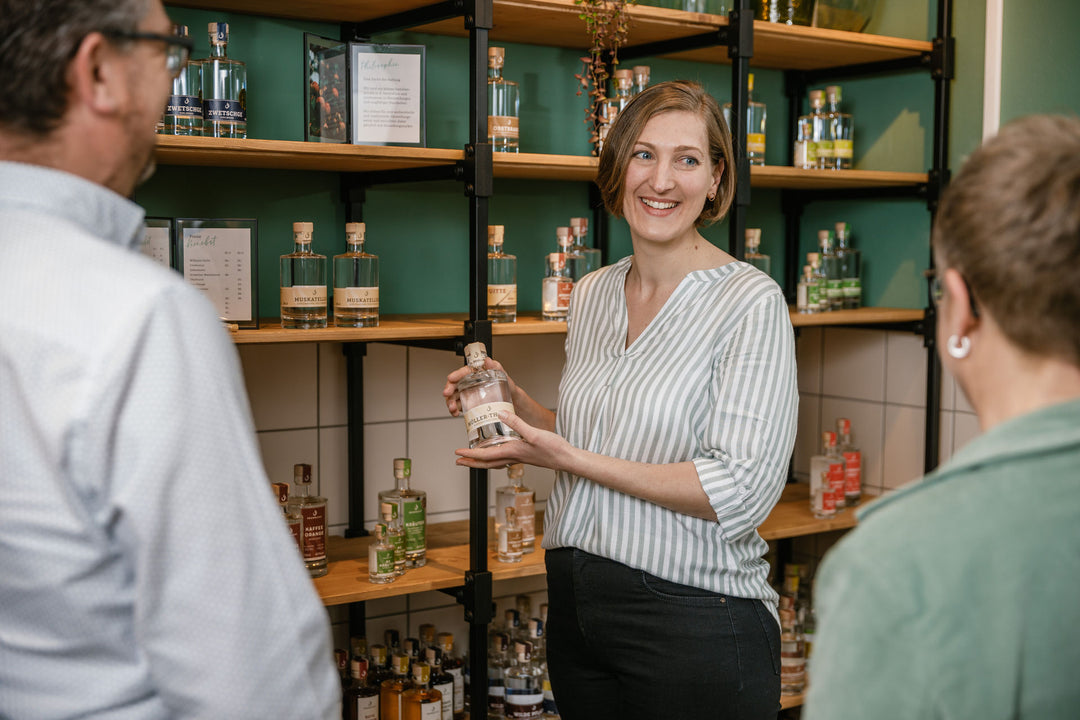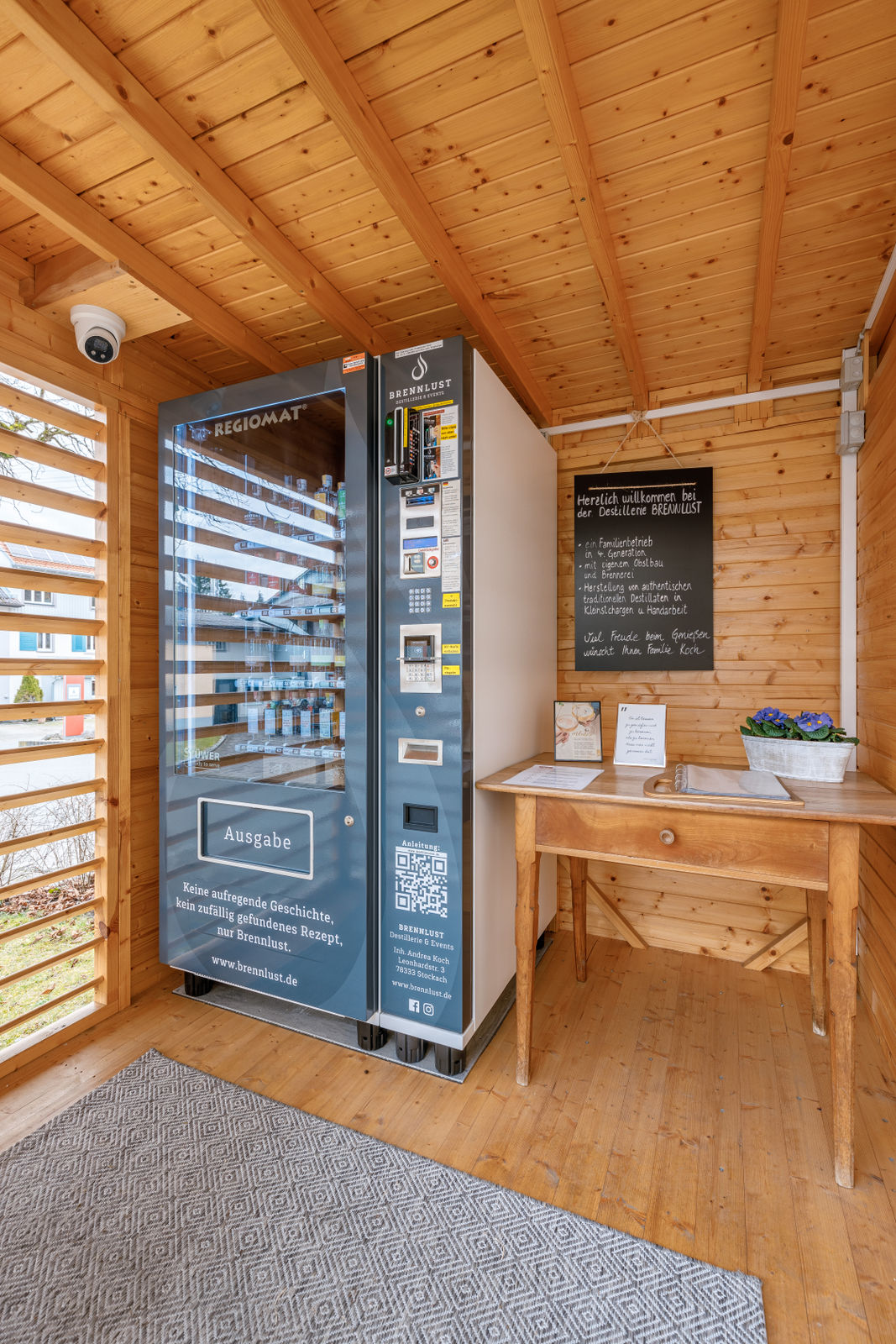How do you store distillates correctly?
Are you one of those people who treats themselves to a fine tipple, be it a rare bottle of whiskey, a limited-edition gin, or a fine, fruity liqueur? Then, when you get home, you place it at the front of the bar so everyone can immediately see your new acquisition. After all, it's nice to come home from work and be greeted by your spirits family, or to have guests appraisingly examine your gin collection. For that to work, however, the bottles must be placed on a presentation platter. I'll explain below that this type of storage is a fatal mistake and will damage your spirits:
The biggest mistakes in storing spirits bottles:
I'm a member of several Facebook groups, and I often see group members proudly displaying their collections of gin, brandies, spirits, or liqueurs. Photos often show open bars, bar carts, and lovingly crafted shelves serving as "display plates"—storage areas where the bottles are exposed to light and temperatures without protection. Spirits, or rather their aromas, undergo aroma transformations and, in particular, aroma loss due to high temperatures or the influence of light. And if the bottle is half empty, the fine drop is powerless against the enemy "air," which destroys its aromas. As beautiful as open bars are, they are equally harmful to the spirits: they kill the magnificent aroma of our gins, brandies, or liqueurs, and after a while, we may wonder why the fine drop no longer tastes as good as it did the day it was purchased.
The big disadvantage with large collections
I can sometimes only shake my head at very large spirits collections: Anyone who owns dozens of bottles must practically be an alcoholic or ensure regular consumption by others to ensure that the distillates don't sit around opened for too long. Surely some of you will chuckle and say, "No gin ever goes stale for me!" But perhaps some of you still have a bottle or two of spirits in the back corner that was perhaps too expensive to enjoy on a "normal" day, or you simply have a favorite gin that causes other gins to fall into oblivion. Air, i.e., the empty space in a bottle, is a nasty aroma killer: The more oxygen comes into contact with the distillate, the more oxidation processes occur, and hence, the more aroma loss you experience. It is therefore advisable to only have as many bottles open at a time as you can consume in the foreseeable future. Depending on storage, an opened distillate should be emptied after 6 or 12 months at the latest.
My tip on how to store your distillates correctly
If you want to store your distillates properly, place them in a closed cupboard that protects the delicate liquid from light. If you have the opportunity, you can also make sure to store the bottles in a cool place – but please not in the refrigerator, let alone the freezer: Storing them too cold will obscure the good (and bad) quality of gin, spirits, brandies, and liqueurs. No high-quality product deserves that.
Our bestsellers
View all
Author Andrea
Not only do I love distilling, but I also enjoy sharing my knowledge, experience, and passion. In my blog posts, I take you on a journey through everyday life at our distillery and on our small business. Of course, there are also drinks to enjoy along the way.













Leave a comment